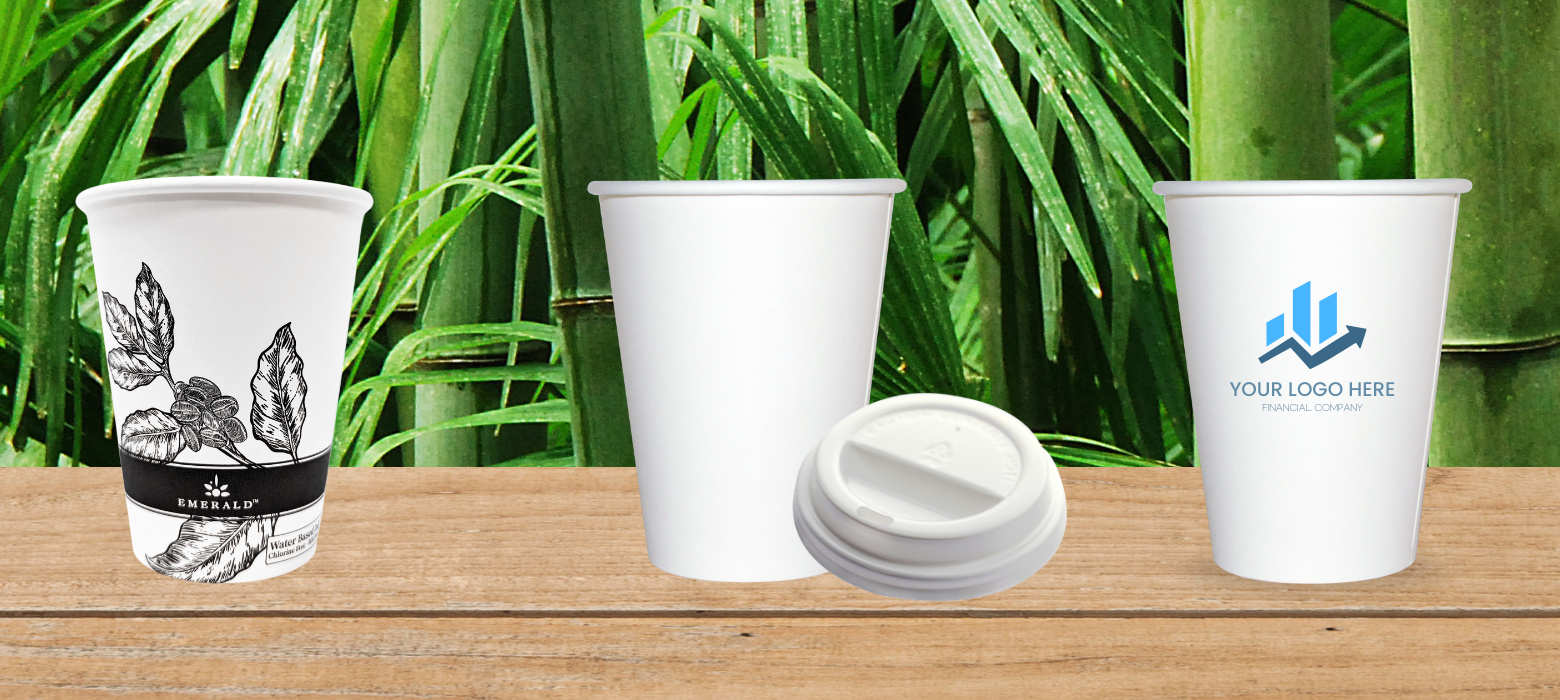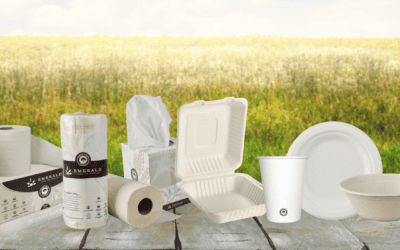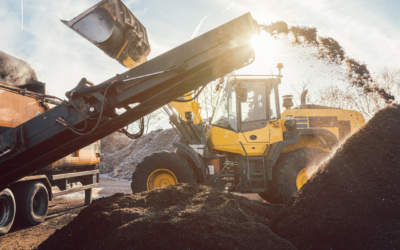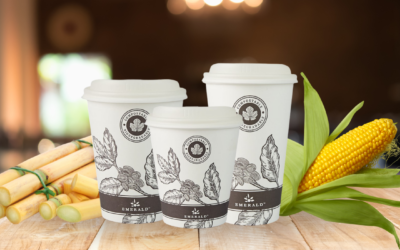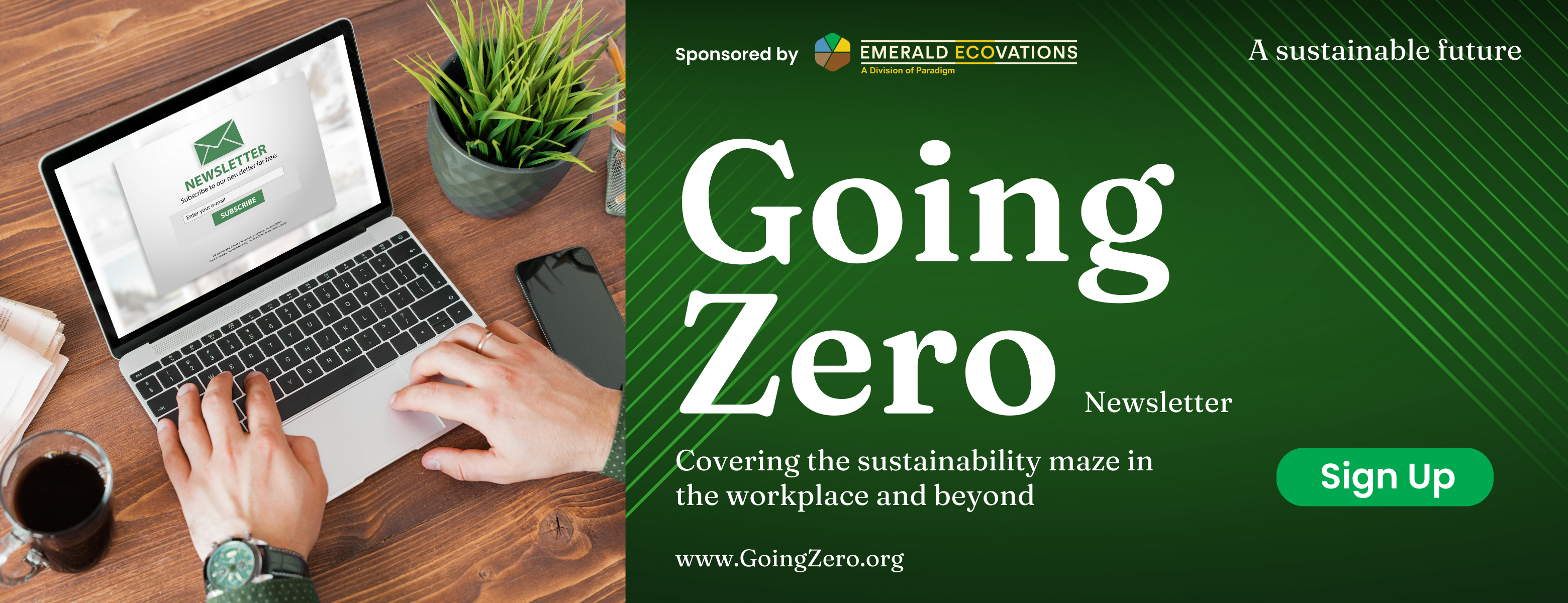
Every year, over 600 Billion cups of coffee are consumed. For many, this ritual takes place at their local coffee shop in a single-use coffee cup. What seems like a harmless daily routine has significant environmental implications that are often overlooked.
In this article, we’ll explore the impact of single-use coffee cups on our planet’s precious forests and discuss sustainable alternatives that can help mitigate this issue.
The Single-Use Coffee Cup Deforestation Dilemma
Single-use coffee cups have become synonymous with modern life, but they come at a high cost to our environment – especially our forests.
So, how many trees are cut down annually to feed our caffeine habit?
It’s estimated that over 32 million trees are harvested each year to produce the paper used in single-use coffee cups. To put this into perspective, if those trees were placed end to end, they would wrap around the Earth approximately 98 times.
This deforestation contributes to habitat destruction, biodiversity loss, and increased carbon emissions—all of which exacerbate the global climate crisis. Trees take years, even decades to mature.
Needless deforestation impacts our world in multiple ways, including:
Carbon Sink Reduction
It’s estimated that the world’s forests absorb about 2.4 billion metric tons of carbon annually. This figure starkly contrasts with the billions of metric tons of carbon released through deforestation activities. To put it into perspective, tropical deforestation alone accounts for up to 15% of net global carbon emissions each year. This staggering number shows just how consequential deforestation is in the fight against climate change.
Loss of Biodiversity and Ecosystem Services
Forests support 80% of terrestrial biodiversity. Each species plays a specific role in maintaining ecological balance. The decimation of wildlife through deforestation leads to weakened resilience against climate change. For instance, bees aid in pollination, which supports plant growth, including those critical for absorbing carbon. Their loss translates to deteriorating natural defenses against climate warming.
Altered Albedo Effect
Snow-covered areas have high albedo, which means they reflect most sunlight, contributing to cooling effects. In contrast, forests absorb most of the sunlight, but they use this energy to grow and capture carbon. When forests are replaced by surfaces with higher albedo, such as ice, urban landscapes, or agriculture, it impacts climate patterns, potentially leading to warming in some areas and cooling in others.
Soil Erosion and Desertification
Without tree cover, soils are exposed to the sun, wind, and rain, leading to erosion. The loss of fertile topsoil makes areas more vulnerable to desertification. Soil, one of the largest carbon repositories, when degraded, releases carbon instead of storing it, turning these areas from carbon sinks to carbon sources.
Changes in the Hydrological Cycle
The disturbance of forests affects the quantity and quality of water supplies. Reduced tree cover diminishes the atmosphere’s moisture content, altering precipitation patterns. These changes can lead to reduced water availability, impacting agriculture, drinking water supplies, and energy production from hydropower.
The Traditional Wood-Based Manufacturing Process
The journey from tree to coffee cup is a resource-intensive one.
The process begins with the cutting down of mature trees (up to 50 years old), which are then transported to a mill where they are transformed into wood pulp. This pulp is then processed, bleached, and rolled out into sheets of paper that will eventually become coffee cups.
Ending Deforestation: Grasses Not Trees
Over the past twenty years, rapidly renewable fibers like bamboo and bagasse (sugarcane byproduct) have replaced tree fibers for everything from tissues to toilet paper, and even coffee cups.
As part of the grass family, bamboo grows rapidly and has been part of the advancement in tree-free material technology. Bamboo can grow up to 3 feet per day and is ready for harvest in just 3 years, compared to the 50-plus years it takes many trees. Bamboo also absorbs massive amounts of carbon during this rapid growth phase making it a powerful tool for carbon sequestration.
Plus, bamboo does not die after harvesting and can be re-harvested annually for 50 years (no deforestation or replanting). You can make almost any personal paper product from bamboo including toilet paper, paper towels, napkins, and facial tissues.
In 2024, Emerald Ecovations released our latest tree-free line of coffee cups, made from bamboo. Available in multiple sizes and customizable, we are working hard on ending the needless deforestation of our forests to make paper products.
The staggering number of trees cut down for single-use coffee cups highlights the urgency of adopting sustainable practices in our daily routines. While the convenience of these cups cannot be denied, the environmental costs are too high to ignore. By understanding the impact and choosing sustainable alternatives, we can collectively make a difference and preserve our planet’s forests for future generations.
Related Articles
The Environmental and Economic Benefits of Tree-Free Paper Products
Tree-free paper products offer environmental and economic benefits to businesses that are seeking innovative solutions to reduce their ecological footprint.
How Private Label Can Differentiate and Elevate Your Distribution Business
By offering private label sustainability products companies can really stand out to their environmentally conscious consumers and business partners alike.
Celebrating International Plastic Bag Free Day: How Your Business Can Lead the Way
International Plastic Bag Free Day presents an opportunity for businesses to demonstrate their commitment to environmental sustainability and help reduce waste.
Streamline Your Inventory: Effective SKU Rationalization Strategies for Distributors who Service Clients with Paper and Plastics Disposables
With effective SKU rationalization, paper and plastics distributors can optimize their warehouse and significantly improve their overall operational efficiency.
Full Circle Solutions: How Commercial Composting Can Transform Your Business’s Waste Stream
As businesses prioritize sustainability, commercial composting emerges as a pivotal solution in transforming waste streams and advancing the circular economy.
Polylactic Acid Explained: A Sustainable Solution for Eco-Conscious Companies
Polylactic Acid offers a biodegradable alternative to traditional plastics, aligning with the increasing demand for environmentally friendly products.


